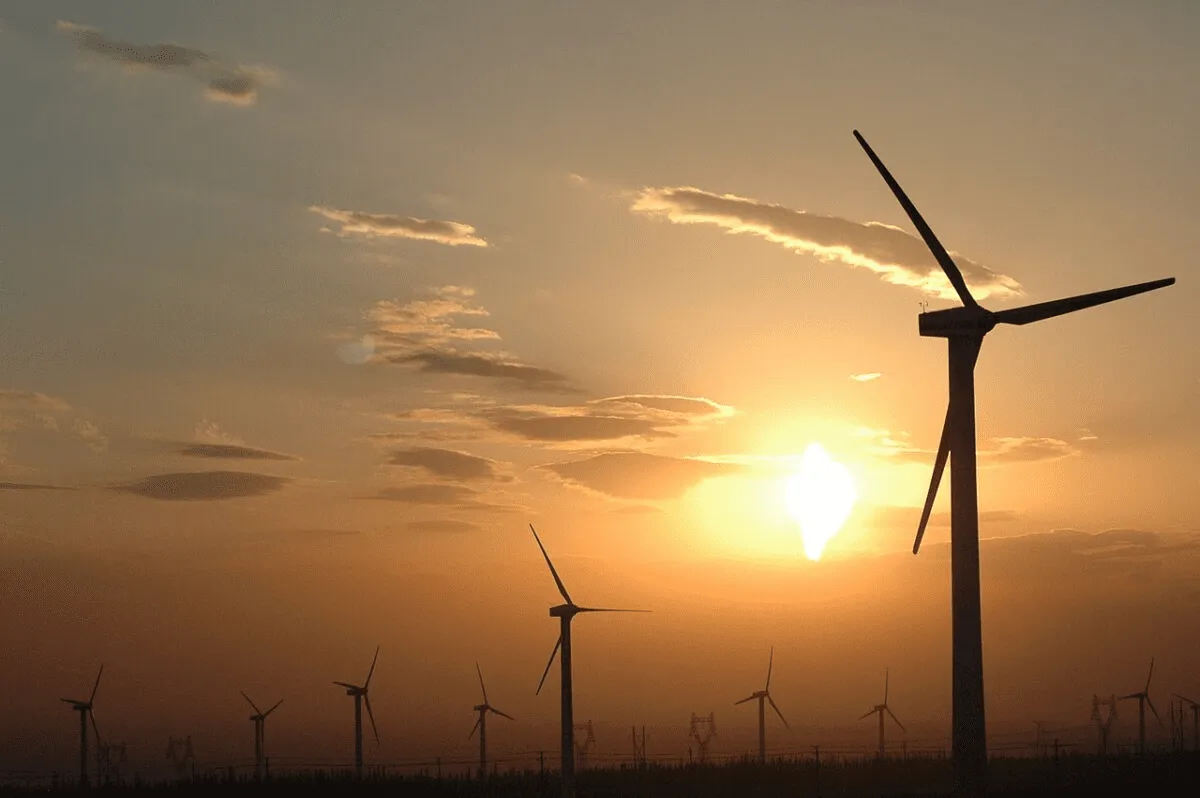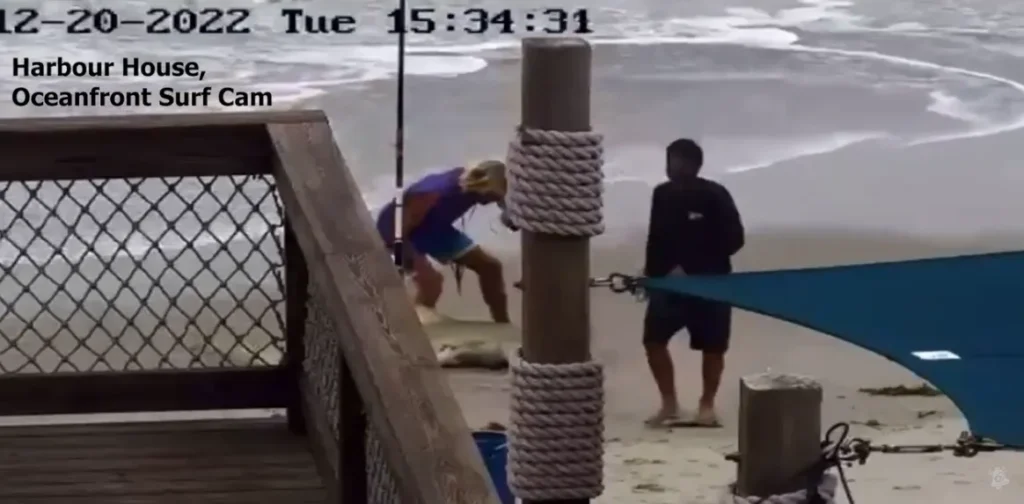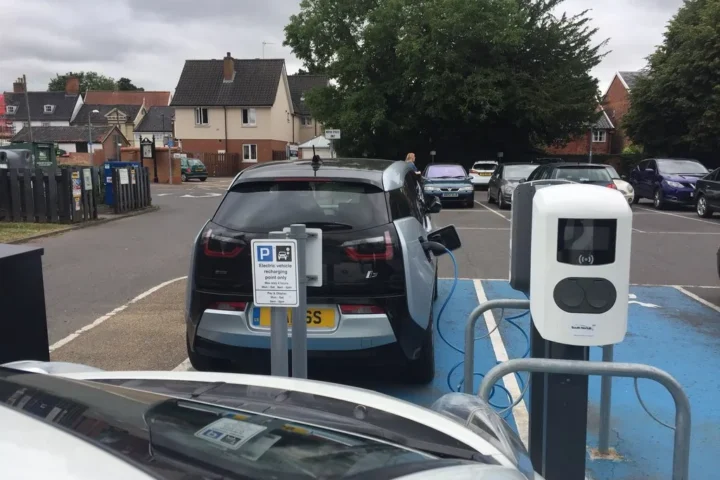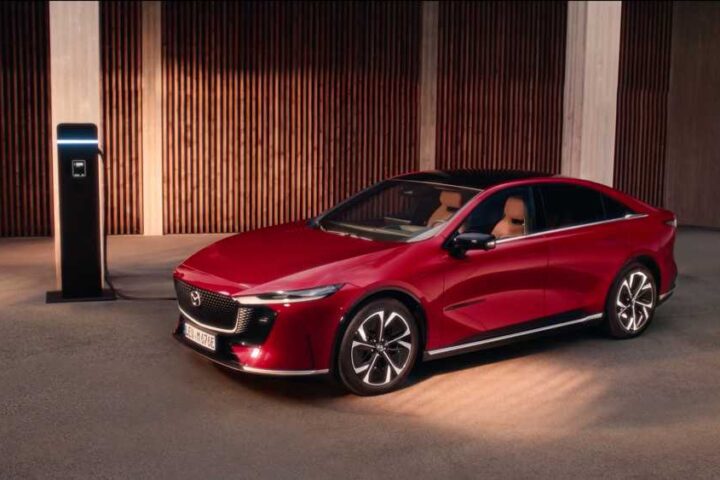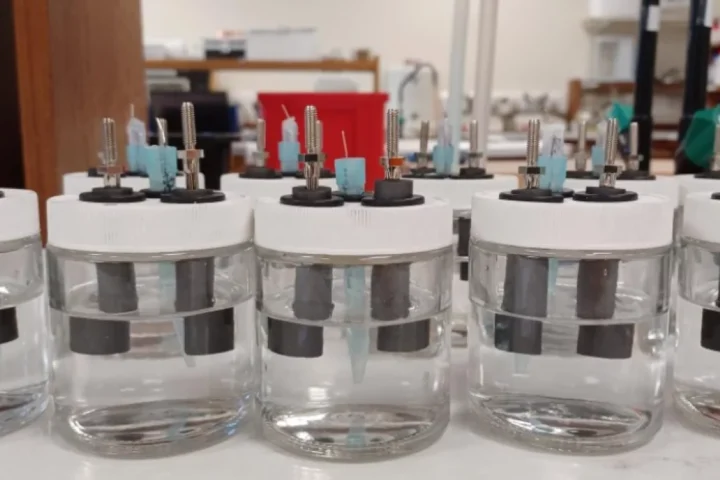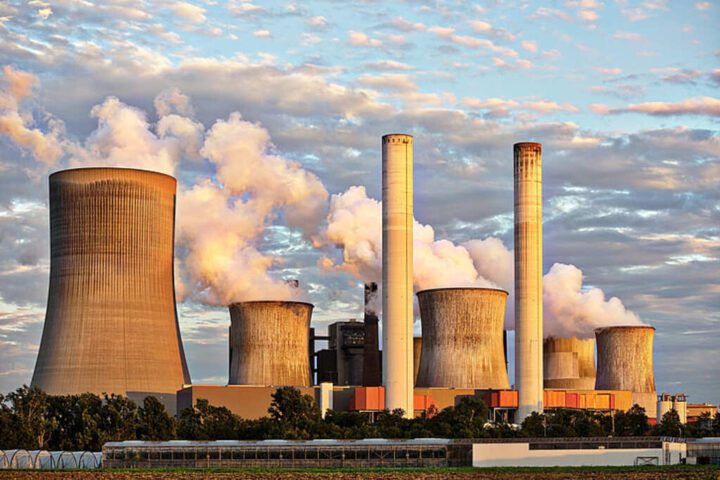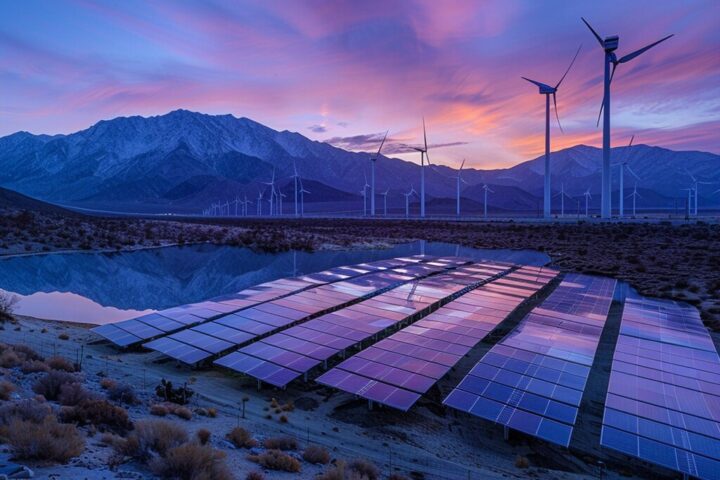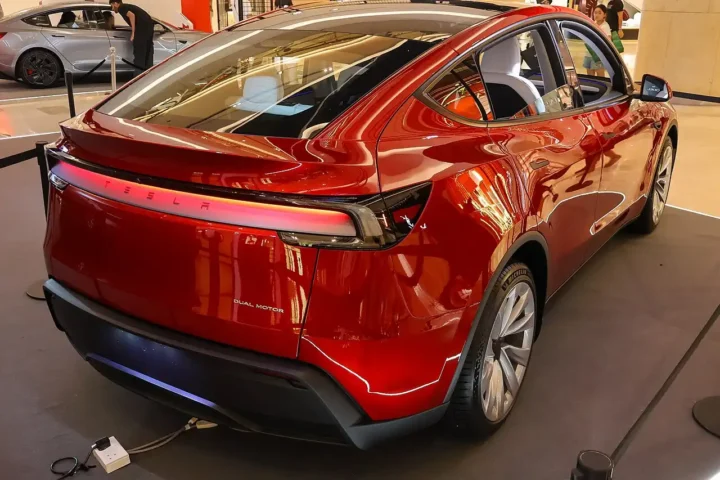On Thursday, the U.S. Department of the Interior announced that it will be updating regulations concerning the development of wind energy facilities on the outer continental shelf. The renewal comes in order to achieve important climate objectives. The changes in regulations should save wind energy developers around $1 billion over a period of 20 years. The heavy procedures to ease down, ambiguous provisions will become more clear and compliance costs will reduce, as per the statement. The announcement of the reforms come shortly after the appointment of Elizabeth Klein, a lawyer who has served both Obama and Clinton in their administration. She was the head of the Bureau of Ocean Energy Management (BOEM), which oversees offshore oil, gas, and wind development.
In September 2020, the Biden Administration set ambitious targets to achieve 15 GW of floating offshore wind efficiency by 2035. To achieve the aim of 30GW of offshore wind by 2030, development of advanced floating wind farms will be accelerated.
- 57 wind blades turn car park façade in Europe’s first turbine-built facility
- Building a Healthier Narrative
- Australia Bushfire Emergency: 36 Active Blazes, Bulahdelah Tops 1,000ha as Heatwave Forces Highway Closures
- Dubai Ranked #4 Most Polluted Globally As AQI Hits 190+ In 2025 Smog Spike
- Thane Dust Crisis Rises as 73 Violations Emerge and MSRDC Says “Contractors Will Soon Be Instructed”
As part of its offshore clean energy program, BOEM has approved the first two commercial-scale offshore wind projects in the United States, held three lease auctions, including the first-ever sale off the coast of California. With an eye for opportunities to expand offshore wind to other areas such as the Gulf of Mexico, the department plans to hold as many as four more auctions and evaluate at least 16 new commercial facilities by 2025, which will add more than 22 GW of renewable energy.
